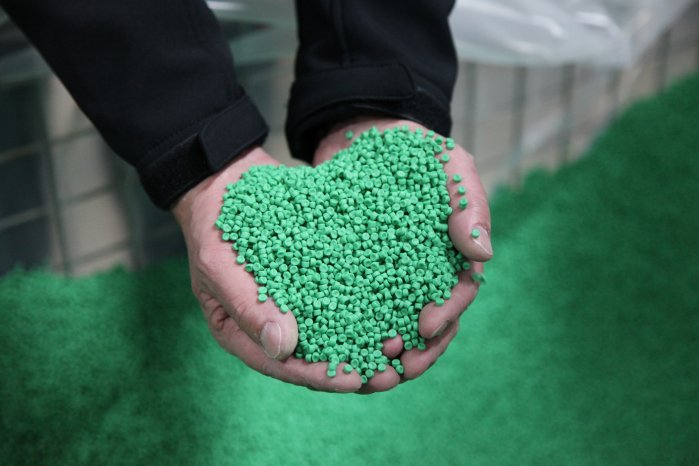Environmental Product Declarations are a method for the standardised presentation of the environmental impacts of products or services. EPDs provide a data basis that maps the entire life cycle of a building product or parts thereof and quantifies its environmental impacts.
Environmental Product Declarations are based on the international standard ISO 14025, which applies to all sectors, but the construction industry is the pioneer in its application. The idea is that the standardised collection of environmental data on building products creates a comparable basis for sustainable construction planning. Planners, architects and builders then use this information to make an informed decision when making their selection. They use the EPD to determine which building products will minimise the environmental impact of their project. This supports sustainable construction and advances climate protection. At the same time, a sustainable way of doing business is also supported, which aims to conserve resources and reduce environmental pollution. In addition, customers can use them as evidence for various building certification systems such as LEED, BREEAM or DGNB.
The most important contents of an EPD
In an EPD, the environmental impacts of a product are recorded along the entire life cycle or in parts, including raw material extraction, production, transport, use, disposal and recycling, among others. For each area, various environmental criteria such as greenhouse gas emissions and resource consumption are recorded and evaluated. These results or environmental indicators flow into the EPD and enable comparability between building products.
An important component of an Environmental Product Declaration is the assignment of the product to a specific product category. This classification in the Product Category Rules (PCR) is necessary to establish comparability between similar products. In each product category, the relevant environmental factors are recorded and included in the EPD.
Environmental Product Declarations and Life Cycle Assessments - two that belong together
Life Cycle Assessments (LCA) and Environmental Product Declarations (EPD) are two key elements of sustainability in the construction industry that are closely linked. Simplified, one can say that the EPD is a standardised summary of the results of a LCA.
The LCA is carried out in four phases. First the purpose and scope of the LCA is defined. This is followed by a life cycle inventory, which records data collection and calculation methods to quantify relevant inputs and outputs of a product system. In the impact assessment phase, potential impacts on the environment are analysed with the help of the results of the life cycle inventory. In the final evaluation, the results of the life cycle inventory and the impact assessment are considered together.
Depending on the building product, there are different approaches to assessing environmental impacts. All start from cradle and differ over the further life cycle of the product. The concept “cradle to grave” covers all phases of a product's life, from raw material extraction to production, transport, use and disposal. It shows the complete ecological footprint from beginning to end. The approach “cradle to gate” records the ecological footprint of a product until it leaves the factory gate and before it is transported to the consumer. It does not take into account further environmental impacts during use and disposal. “Cradle to cradle” is the most comprehensive consideration. It is based on the principle of the circular economy, where products are designed so that they can either be fully recycled or composted at the end of their life cycle. It avoids the generation of waste and promotes the conservation of resources.
How does aquatherm support its customers and partners with the LCA?
aquatherm has had an ISO-compliant LCA carried out for four product families, which has been verified by an independent institute. Based on these Life Cycle Assessments, aquatherm provides customers with the corresponding EPDs for their projects. The results show that aquatherm piping solutions made of polypropylene have clear advantages compared to other materials such as copper or steel with regard to energy consumption, greenhouse gas emissions, water consumption and the amount of waste.
The aquatherm environmental product declarations can be found at https://www.aquatherm.de/sustainability-2/?lang=en.



